Better than Ubuntu? 11 Best Linux Distros for Ubuntu Lovers
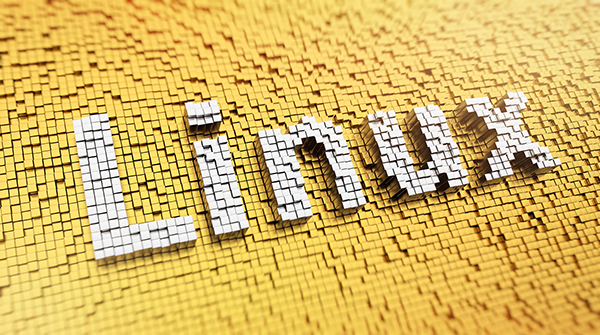
If you are looking for the perfect distro for your system, then the chances of choosing an Ubuntu-based distro are very high.
You may ask why.
Well, it’s no surprise that Ubuntu is one of the best Linux distributions for beginners. It is also very popular, which is why you will find that it has a huge user community. Not only that, it is also widely used on Cloud Server.
So, using Ubuntu as the basis of a Linux distribution should bring some useful advantages, right?
That’s why I’ve put together a list of the best Ubuntu-based distros, in the hope that you’ll find one that’s good enough to make you stop switching distros so often.
1. Ubuntu official derivative version
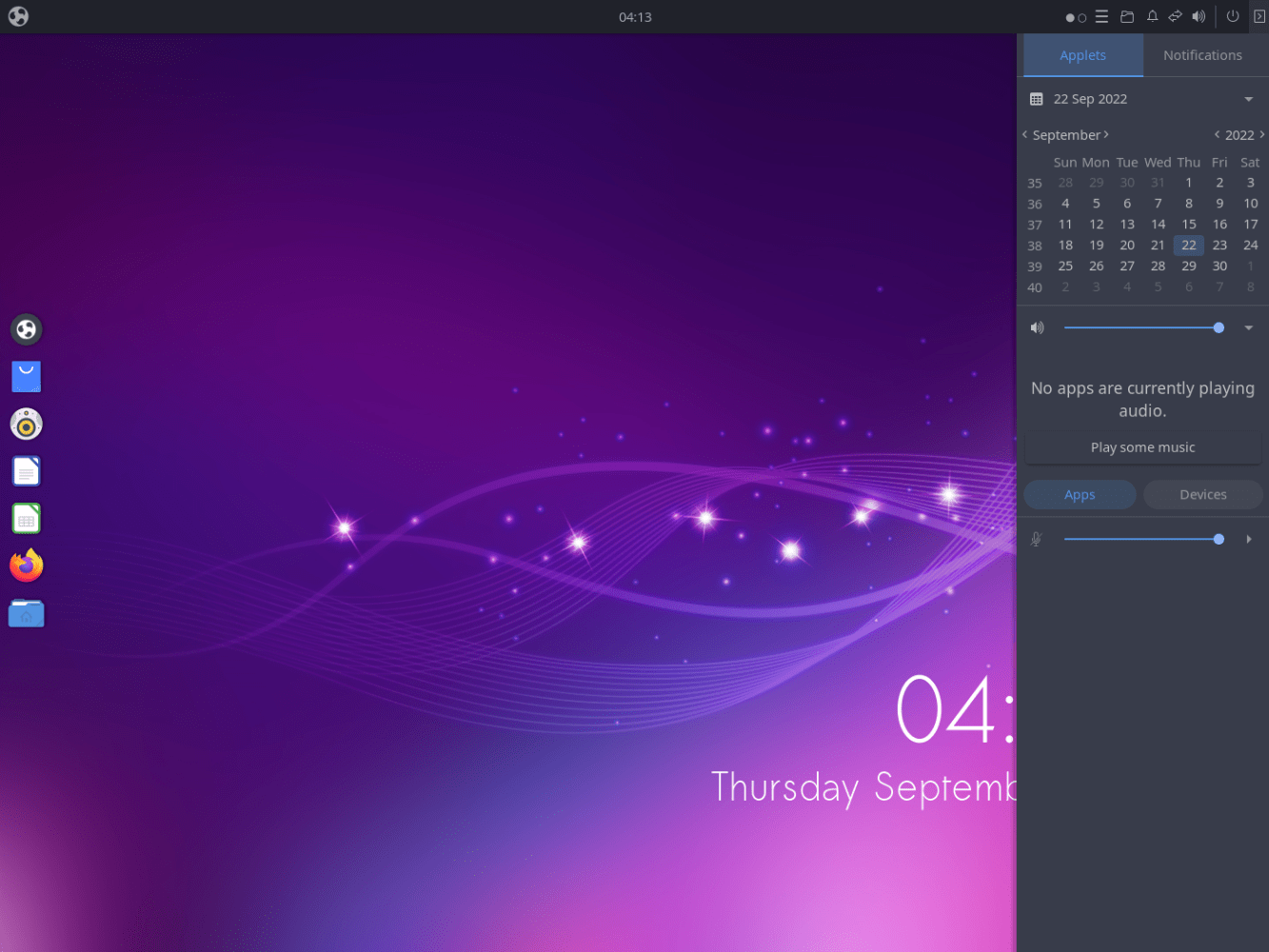
budgie desktop screenshot 2022
If you don’t like Ubuntu official version GNOME desktop environment, you can try the official derivatives, which provide different desktop environments based on Ubuntu.
Simply put, you will get the same Ubuntu experience, but with a different user interface.
To make your user experience more enjoyable, these desktop environments have been pre-tuned and themed, making them perfect for those who want to use them right out of the box.
The following are the available options:
- Kubuntu (KDE Plasma)
- Lubuntu (most resource-efficient option, uses LXDE/LXQT)
- Ubuntu Studio (distribution for creators)
- Ubuntu Budgie (Budgie desktop environment)
- Ubuntu Kylin (customized for Chinese users)
- Ubuntu MATE (use MATE Desktop and Tools)
- Xubuntu (Xfce Desktop)
Also, you can find a new official derivative with the classic Unity desktop environment in Ubuntu 22.10, because Ubuntu Unity Remix is now an official Ubuntu derivative.
2, Linux Mint
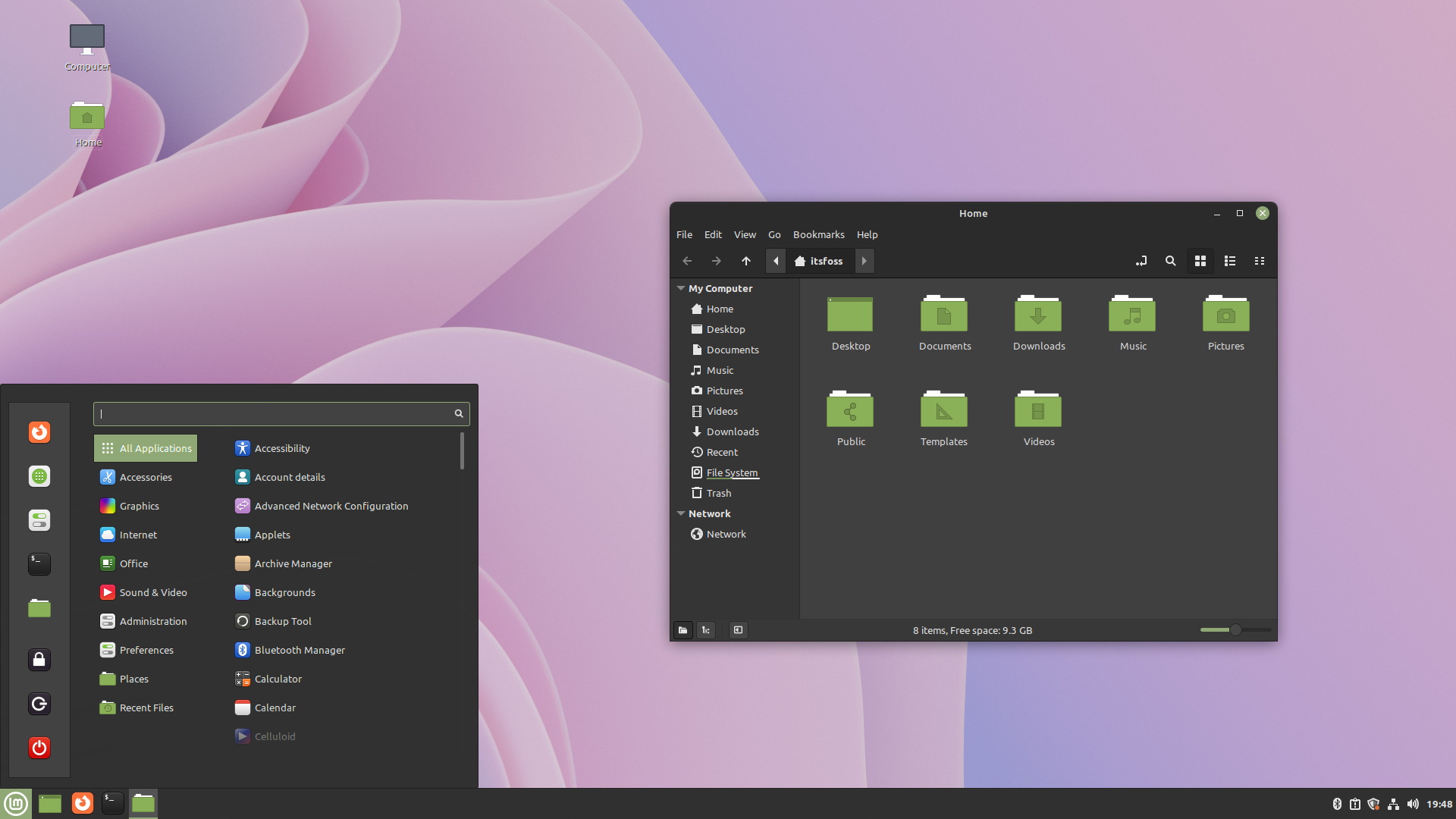
linux mint 21 home
Main features of Linux Mint:
- Snap is not used by default.
- Use the Cinnamon desktop environment to provide an intuitive and easy-to-use experience.
- Exquisite user interface.
- For Windows users, it has a familiar operating experience.
- Managing codecs and hardware drivers is very convenient.
If I had to describe Linux Mint in one sentence, it would be "a simple and elegant user experience that is enough to meet the needs of advanced users."
With Linux Mint’s Cinnamon desktop environment, you can expect a carefully polished and customized experience. Now tools like Timeshift, developed by the Linux Mint team, can make your experience seamless.
Linux Mint includes basic essential application software, including office suites and applications that meet multimedia consumption needs, making it very suitable for beginners.
3、Pop!_OS
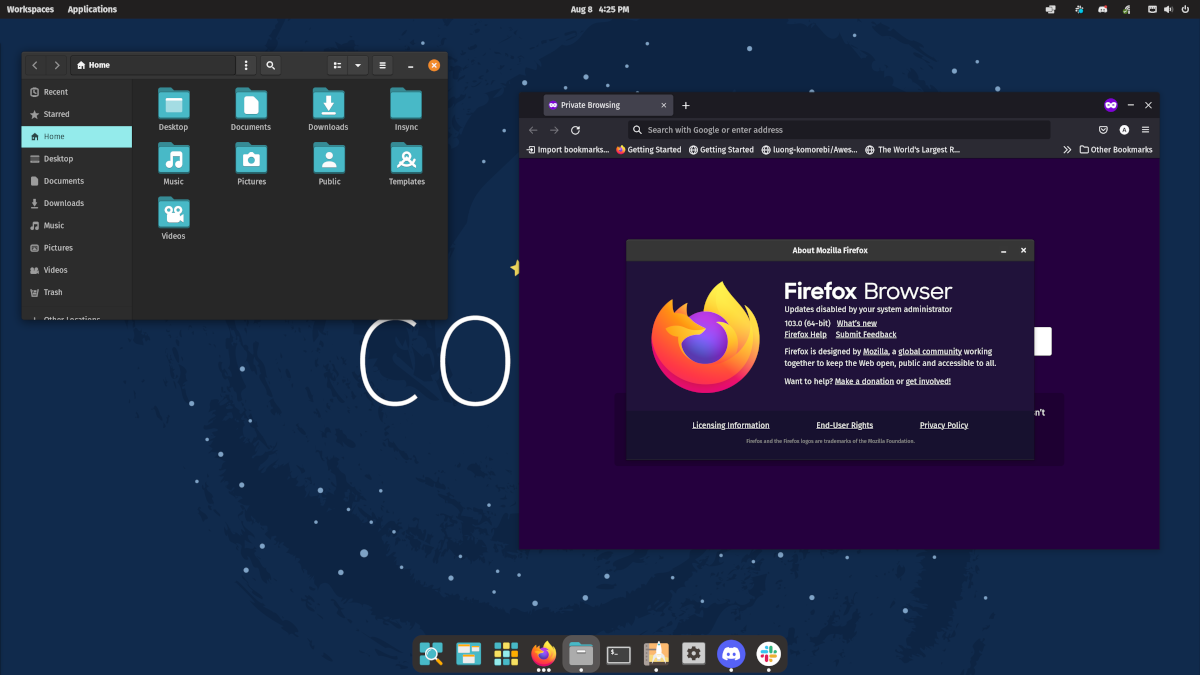
pop os screenshot 2022
Key features of Pop!_OS:
- Out-of-the-box NVIDIA graphics card support.
- COSMIC Desktop (customized GNOME experience).
- Provides the basic functions of the window manager.
- A recovery partition used to recover a system from a disaster.
Developed by popular open source hardware manufacturer System76, Pop!_OS 22.04 LTS is my current primary operating system, and for good reason.
Pop!_OS regularly updates Linux kernel packages and at the time of this writing is running Linux kernel 5.19. Yes, I know you can easily upgrade to the latest kernel, but official support is even easier, and that's the advantage of Pop!_OS being an Ubuntu-based distribution.
In addition to the latest kernel, you will also get a beautiful COSMIC desktop, as well as some pre-installed applications such as Eddy for easy installation of deb packages, disk encryption is also applied by default, and many other features , let you have a pleasant experience!
4、KDE Neon
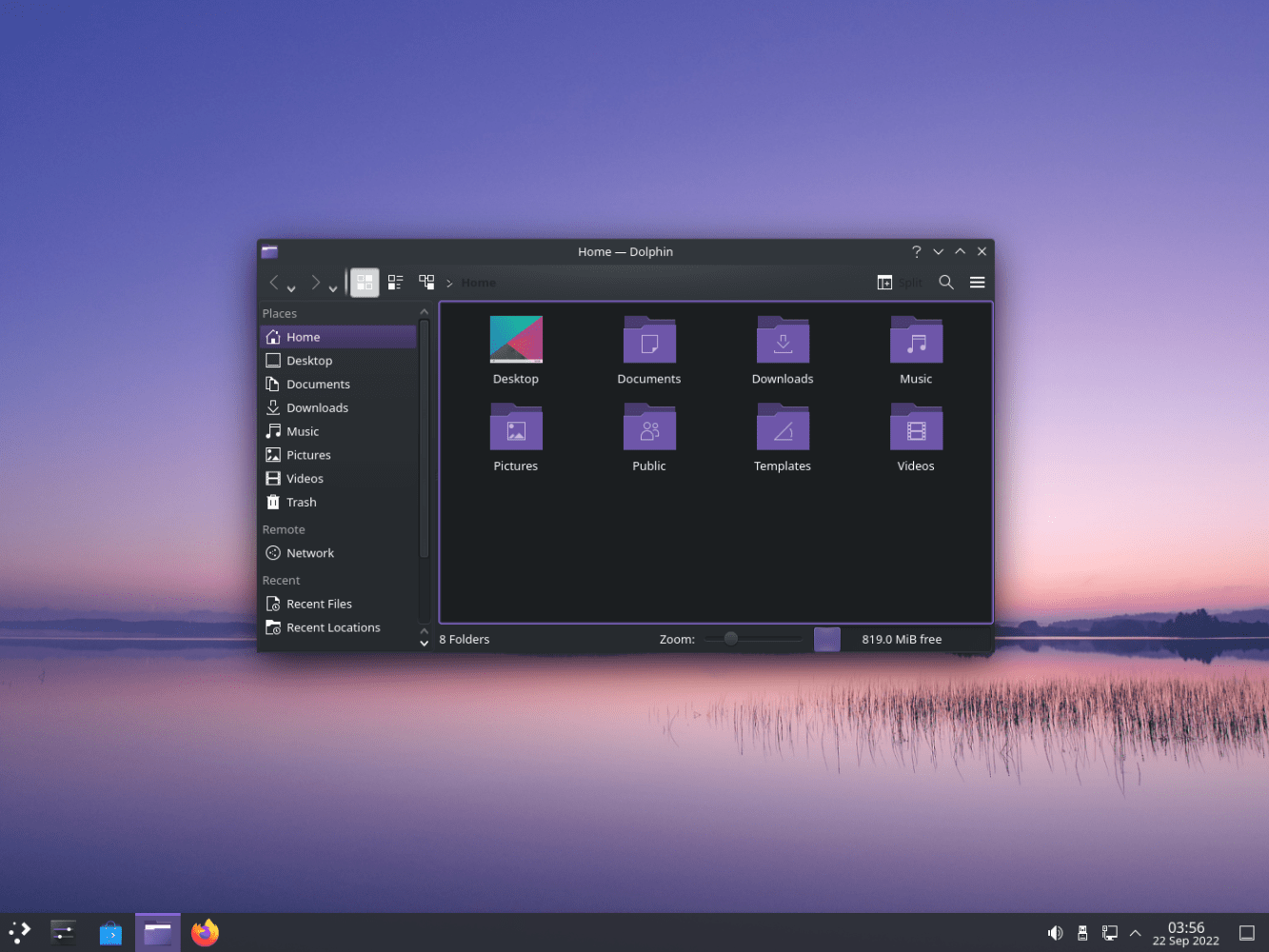
kde neon screenshot 2022
The main features of KDE Neon:
- Based on the Ubuntu platform, providing the most native KDE experience.
- Provides the latest version of KDE Plasma.
Unless you're looking for the latest KDE experience, KDE Neon may not be for you. In other words, it's not intended to be an operating system for everyday use, but rather to provide a cutting-edge KDE experience.
KDE Neon remains one of the best Ubuntu-based distributions if you want to experience the latest features of KDE.
There are many other distributions based on KDE Plasma; if you are not pursuing the latest experience, then Kubuntu is your best choice.
Additionally, KDE Neon only comes pre-installed with the most basic tools to give users enough room to decide for themselves what tools to use for specific tasks.
5、elementaryOS
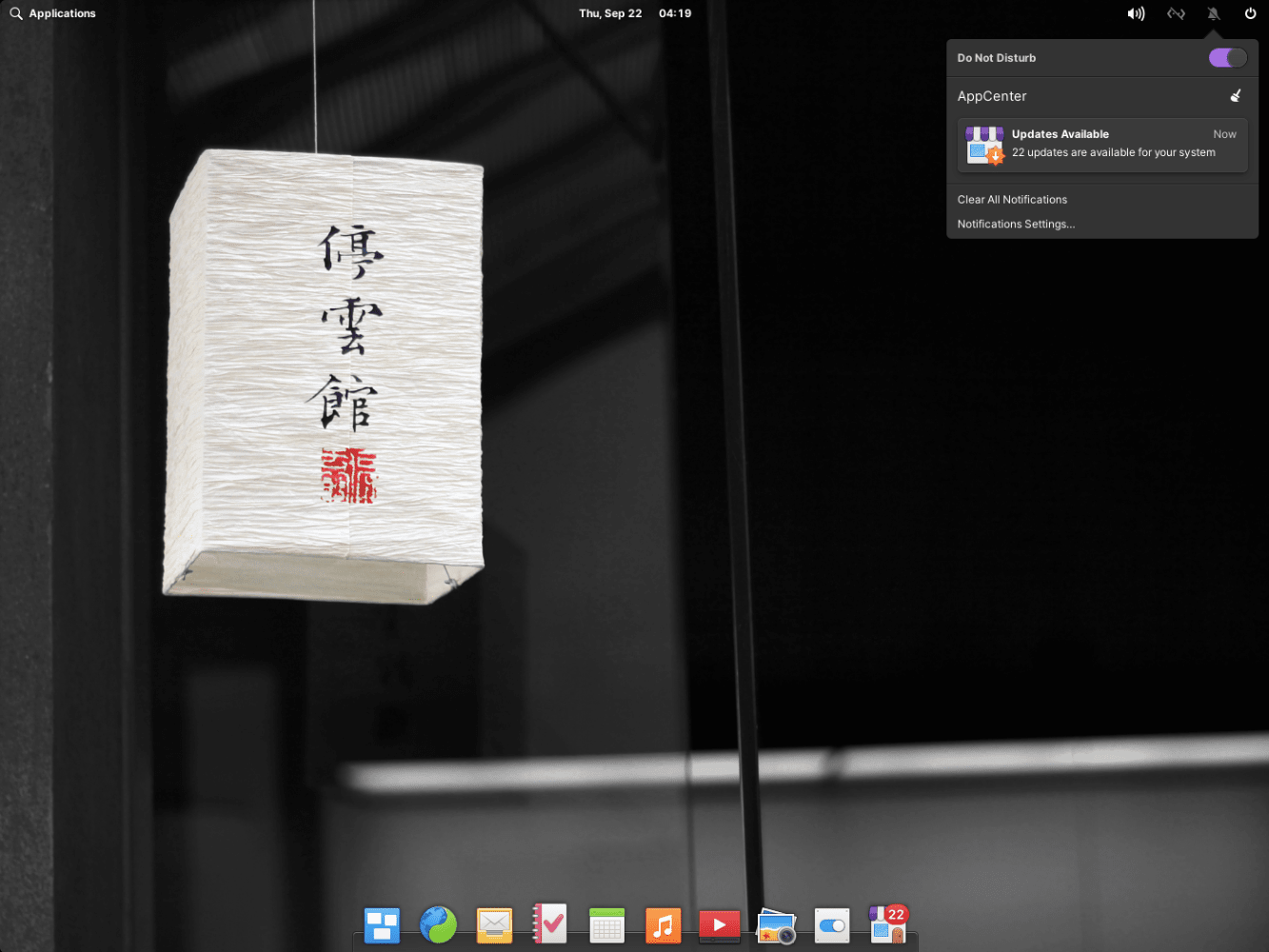
elementaryos screenshot 2022
Key features of elementaryOS:
- Use Pantheon, one of the most elegant desktop environments.
- Support picture-in-picture mode.
- Specially customized application center.
So, if you are a fan of macOS and want to experience Linux, elementaryOS will definitely not let you down.
Developers developed the Pantheon desktop environment specifically for elementaryOS, and you'll notice the incredible attention to detail in every aspect, whether it's dark mode or accent colors. You'll get a great user experience in elementary OS.
The release cycle of elementaryOS may be less frequent than other Ubuntu distributions. But they are committed to providing a stable user experience in every version.
6、Zorin OS
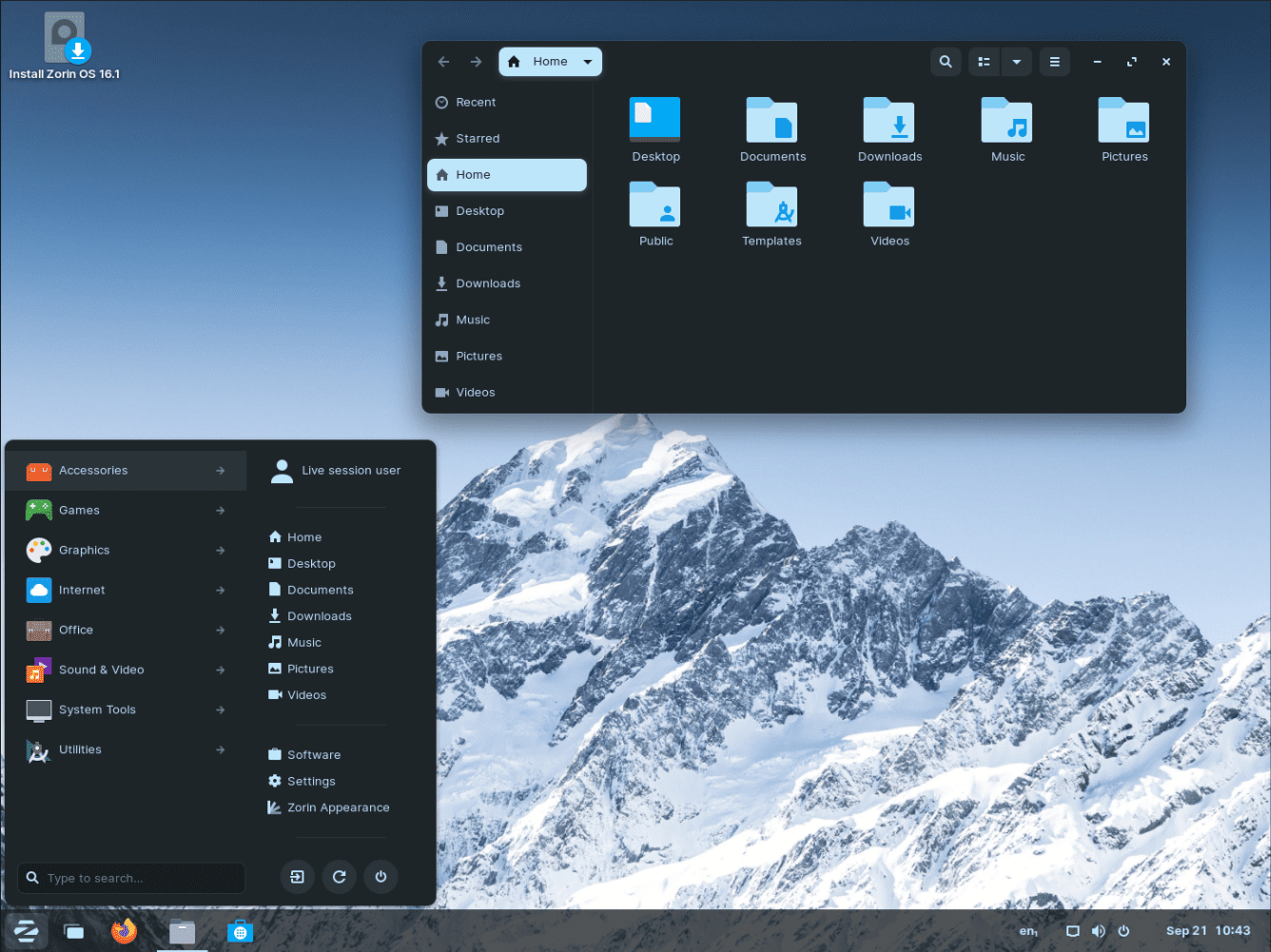
zorin os home screenshot
Main features of Zorin OS:
- Provides different layouts similar to Windows and macOS.
- Ability to install Windows software without any adjustments.
- A stripped-down version of Zorin OS can bring computers from over a decade ago back to life.
Zorin OS is another Ubuntu-based distribution that offers users a well-polished experience. Its wallpapers, user interface tweaks, and other improvements make Linux look stunning.
You can use its tool Zorin Connect to seamlessly integrate your mobile device and computer so you can transfer files, control audio playback, and even use your mobile device as a trackpad!
#7、Linux Lite
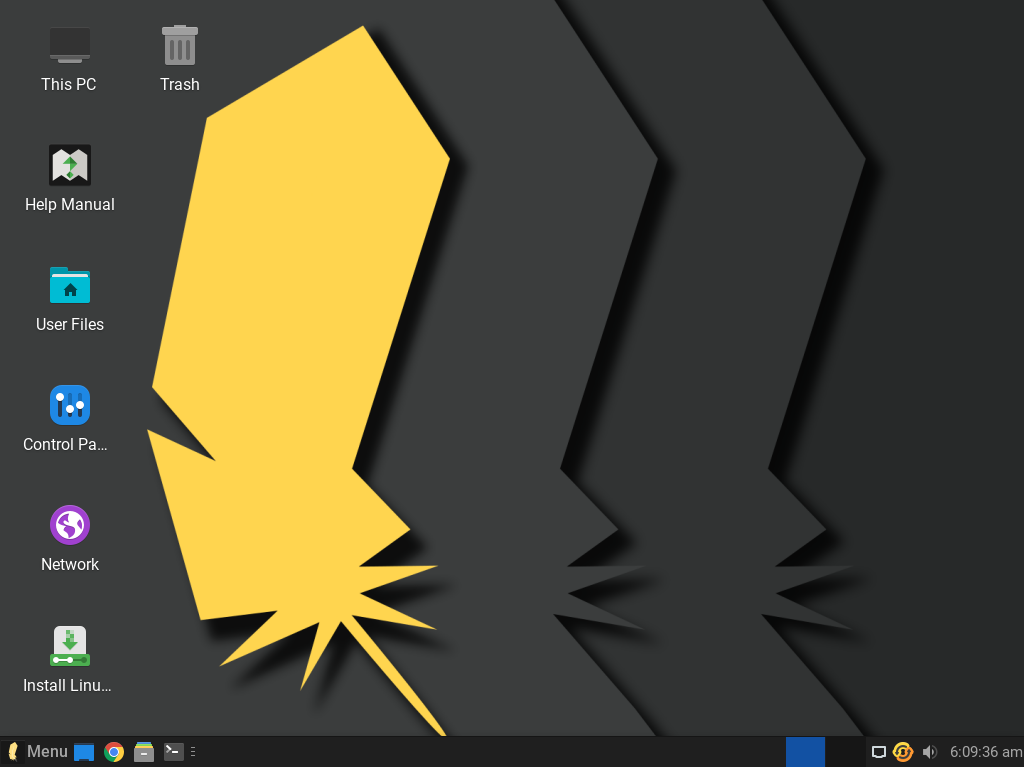
linux lite
Main features of Linux Lite:
- Extremely lightweight.
- Use Xfce and LTS versions of Ubuntu to provide a stable experience.
- Easy to use.
So, if you are looking for a lightweight distribution that works out of the box, then Linux Lite is designed for users like you. It is one of the best (and simplest) Windows-like Linux distributions.
Stability is another core feature of Linux Lite, which explains why it uses Xfce as its desktop environment.
8、Voyager
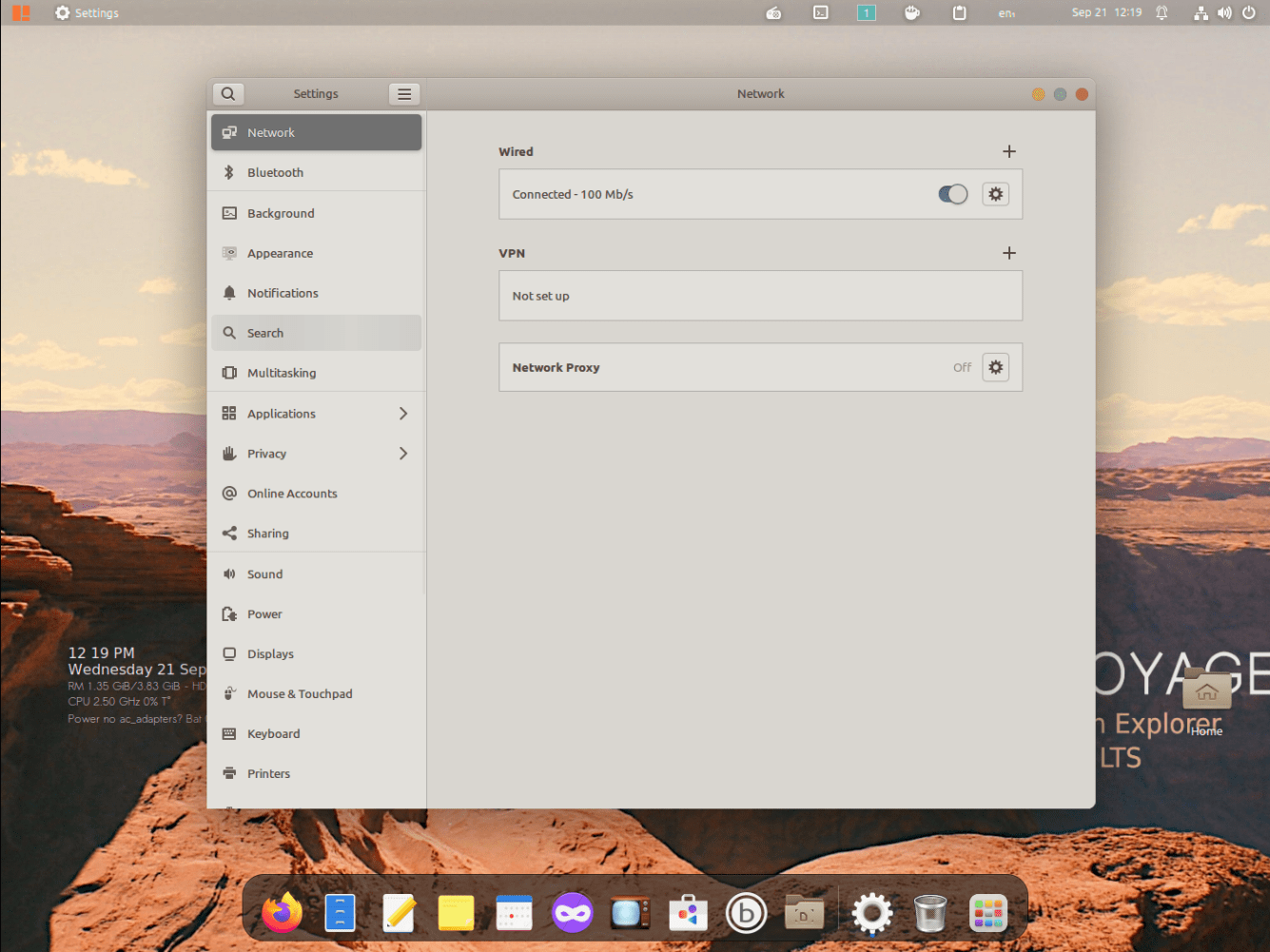
voyager linux
Key features of Voyager:
- Users can switch between GNOME and Xfce sessions in its 2-in-1 version.
- GUI elements and plug-ins are pre-configured to provide a pleasant usage experience.
Voyager is a Xubuntu-based Linux distribution that offers GNOME and Xfce in its latest 22.04 LTS explorer release.
This distribution offers user choice from the beginning. If you prefer ergonomics, start a GNOME session; or choose Xfce for a simpler and faster experience.
Voyager provides a customized look and feel, giving users an ancient and stylish Linux experience.
I would recommend it to anyone who likes to switch between different environments and is looking for a customized experience and stability.
9、Feren OS
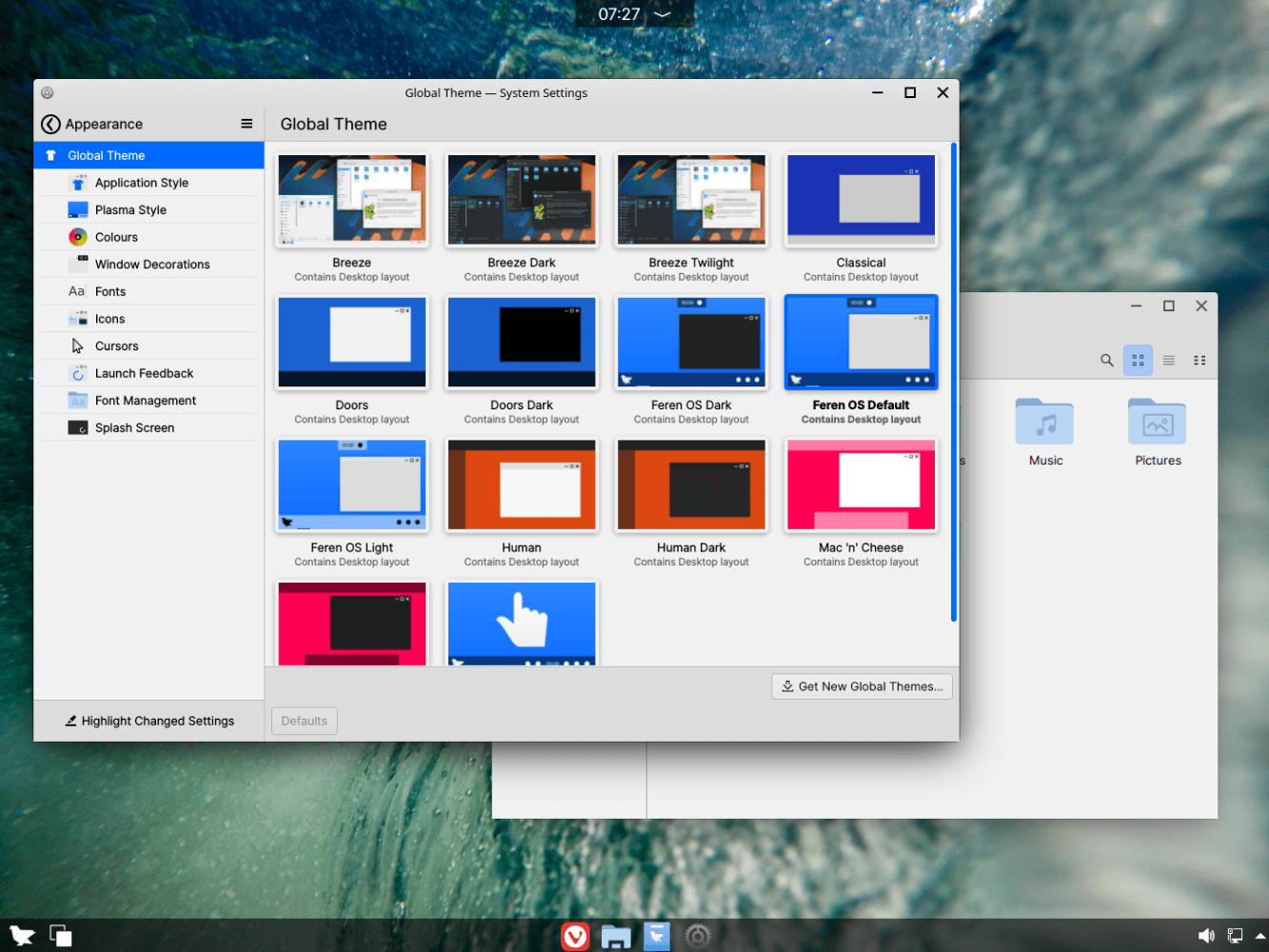
feren os screenshot 2022
Main features of Feren OS:
- Provides a minimally configured and fine-tuned KDE experience out of the box.
- Customized, but consumes less system resources.
- Comes with pre-tuned web browser manager for a better experience.
I've already mentioned how Zorin OS offers pre-configured layouts to adapt to your own, but it's based on GNOME. So what if you are a fan of KDE? Then Feren OS is designed for you!
In addition to providing a pre-configured KDE experience, Feren OS has a convincing memory footprint and I highly recommend Feren OS to anyone looking to get started with an Ubuntu distribution based on the KDE Plasma desktop.
10、LXLE
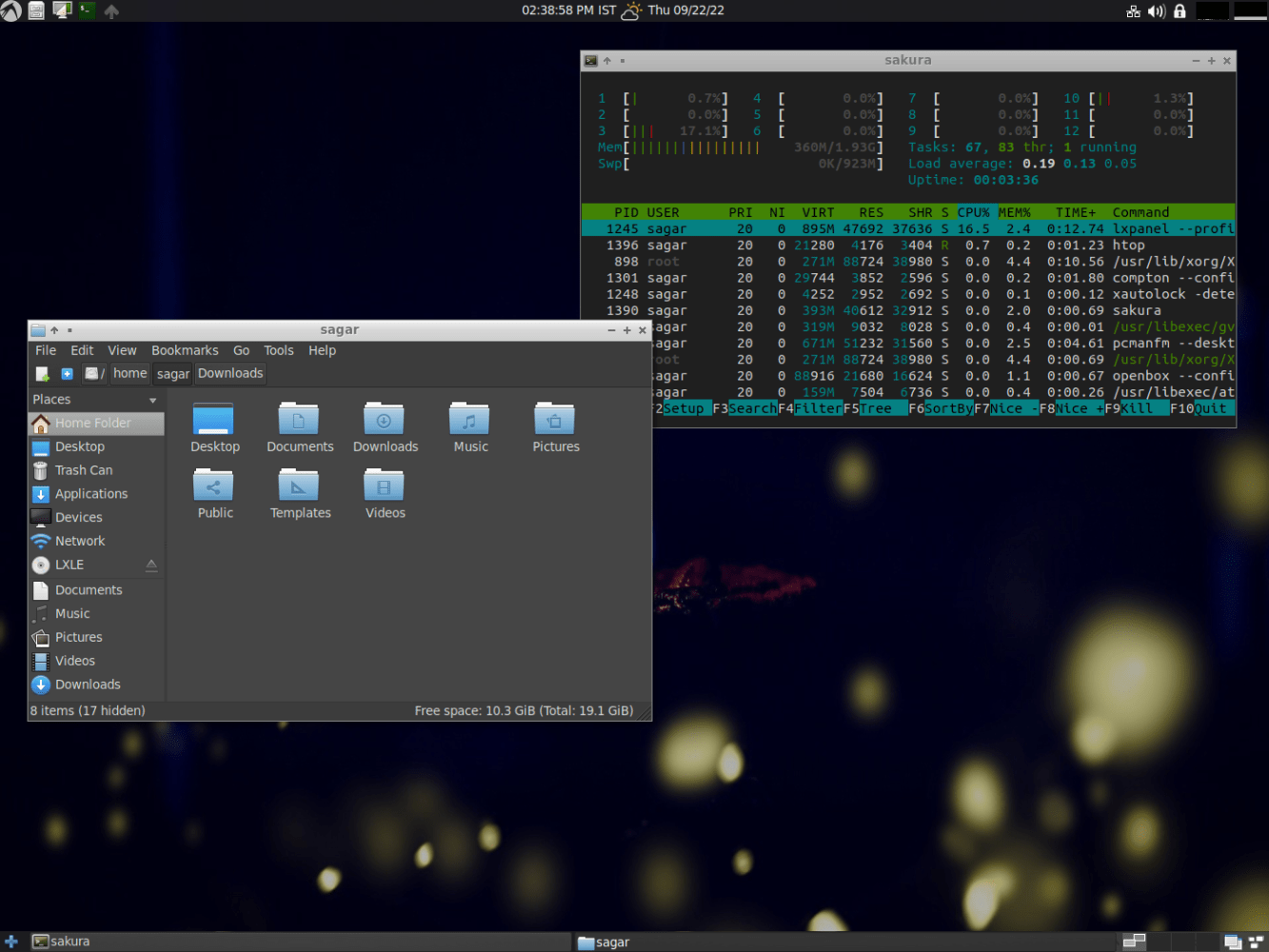
lxle screenshot 2022
Main features of LXLE:
- Extremely lightweight.
- Almost the entire system maintains thematic consistency.
LXLE is based on Lubuntu, so as you can imagine its memory footprint will be light. It is one of the best lightweight Linux distributions. So, if I had to sum up the entire distribution in one word, it would be "efficient". But that's not all. You also get tons of customization options and pre-installed wallpaper sets to suit the look.
When I used it in a virtual machine, I was surprised at how light the system was (
Using 360Mb of memory when idle). It might not be a comfortable experience for new Linux users, but if you don't mind a classic user interface and all the new stuff, it's worth a try.
11、UbuntuDDE Remix
ubuntudde remix
The main features of UbuntuDDE Remix:
- Deep desktop environment
- Beautiful user interface
Do you like deep Linux distributions based on Debian? But, aren't you interested in trying it?
Well, in this case, you can try UbuntuDDE Remix. It's not an official version, but it works very well with Ubuntu-based systems.
Unlike Deepin Linux, it is not mainly customized for Chinese users. Therefore, you will find the language settings and software source settings better than Deep Linux.
Your ideal Ubuntu-based distribution
Ubuntu is still the The first choice for both novice and advanced users providing an easy-to-use experience.
Sometimes we just want to get things done without customizing or controlling any aspect of the distribution. In this case, Ubuntu-based distros can save your time and provide a lot of options according to your preference.
If you had to use one of the above mentioned distributions, which one would you choose?
The above is the detailed content of Better than Ubuntu? 11 Best Linux Distros for Ubuntu Lovers. For more information, please follow other related articles on the PHP Chinese website!

Hot AI Tools

Undresser.AI Undress
AI-powered app for creating realistic nude photos

AI Clothes Remover
Online AI tool for removing clothes from photos.

Undress AI Tool
Undress images for free

Clothoff.io
AI clothes remover

AI Hentai Generator
Generate AI Hentai for free.

Hot Article

Hot Tools

Notepad++7.3.1
Easy-to-use and free code editor

SublimeText3 Chinese version
Chinese version, very easy to use

Zend Studio 13.0.1
Powerful PHP integrated development environment

Dreamweaver CS6
Visual web development tools

SublimeText3 Mac version
God-level code editing software (SublimeText3)

Hot Topics
 1378
1378
 52
52
 Difference between centos and ubuntu
Apr 14, 2025 pm 09:09 PM
Difference between centos and ubuntu
Apr 14, 2025 pm 09:09 PM
The key differences between CentOS and Ubuntu are: origin (CentOS originates from Red Hat, for enterprises; Ubuntu originates from Debian, for individuals), package management (CentOS uses yum, focusing on stability; Ubuntu uses apt, for high update frequency), support cycle (CentOS provides 10 years of support, Ubuntu provides 5 years of LTS support), community support (CentOS focuses on stability, Ubuntu provides a wide range of tutorials and documents), uses (CentOS is biased towards servers, Ubuntu is suitable for servers and desktops), other differences include installation simplicity (CentOS is thin)
 Centos stops maintenance 2024
Apr 14, 2025 pm 08:39 PM
Centos stops maintenance 2024
Apr 14, 2025 pm 08:39 PM
CentOS will be shut down in 2024 because its upstream distribution, RHEL 8, has been shut down. This shutdown will affect the CentOS 8 system, preventing it from continuing to receive updates. Users should plan for migration, and recommended options include CentOS Stream, AlmaLinux, and Rocky Linux to keep the system safe and stable.
 Detailed explanation of docker principle
Apr 14, 2025 pm 11:57 PM
Detailed explanation of docker principle
Apr 14, 2025 pm 11:57 PM
Docker uses Linux kernel features to provide an efficient and isolated application running environment. Its working principle is as follows: 1. The mirror is used as a read-only template, which contains everything you need to run the application; 2. The Union File System (UnionFS) stacks multiple file systems, only storing the differences, saving space and speeding up; 3. The daemon manages the mirrors and containers, and the client uses them for interaction; 4. Namespaces and cgroups implement container isolation and resource limitations; 5. Multiple network modes support container interconnection. Only by understanding these core concepts can you better utilize Docker.
 How to use docker desktop
Apr 15, 2025 am 11:45 AM
How to use docker desktop
Apr 15, 2025 am 11:45 AM
How to use Docker Desktop? Docker Desktop is a tool for running Docker containers on local machines. The steps to use include: 1. Install Docker Desktop; 2. Start Docker Desktop; 3. Create Docker image (using Dockerfile); 4. Build Docker image (using docker build); 5. Run Docker container (using docker run).
 How to install centos
Apr 14, 2025 pm 09:03 PM
How to install centos
Apr 14, 2025 pm 09:03 PM
CentOS installation steps: Download the ISO image and burn bootable media; boot and select the installation source; select the language and keyboard layout; configure the network; partition the hard disk; set the system clock; create the root user; select the software package; start the installation; restart and boot from the hard disk after the installation is completed.
 What are the backup methods for GitLab on CentOS
Apr 14, 2025 pm 05:33 PM
What are the backup methods for GitLab on CentOS
Apr 14, 2025 pm 05:33 PM
Backup and Recovery Policy of GitLab under CentOS System In order to ensure data security and recoverability, GitLab on CentOS provides a variety of backup methods. This article will introduce several common backup methods, configuration parameters and recovery processes in detail to help you establish a complete GitLab backup and recovery strategy. 1. Manual backup Use the gitlab-rakegitlab:backup:create command to execute manual backup. This command backs up key information such as GitLab repository, database, users, user groups, keys, and permissions. The default backup file is stored in the /var/opt/gitlab/backups directory. You can modify /etc/gitlab
 How to mount hard disk in centos
Apr 14, 2025 pm 08:15 PM
How to mount hard disk in centos
Apr 14, 2025 pm 08:15 PM
CentOS hard disk mount is divided into the following steps: determine the hard disk device name (/dev/sdX); create a mount point (it is recommended to use /mnt/newdisk); execute the mount command (mount /dev/sdX1 /mnt/newdisk); edit the /etc/fstab file to add a permanent mount configuration; use the umount command to uninstall the device to ensure that no process uses the device.
 What to do after centos stops maintenance
Apr 14, 2025 pm 08:48 PM
What to do after centos stops maintenance
Apr 14, 2025 pm 08:48 PM
After CentOS is stopped, users can take the following measures to deal with it: Select a compatible distribution: such as AlmaLinux, Rocky Linux, and CentOS Stream. Migrate to commercial distributions: such as Red Hat Enterprise Linux, Oracle Linux. Upgrade to CentOS 9 Stream: Rolling distribution, providing the latest technology. Select other Linux distributions: such as Ubuntu, Debian. Evaluate other options such as containers, virtual machines, or cloud platforms.




